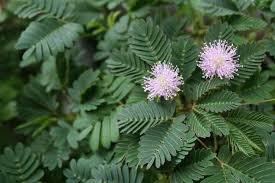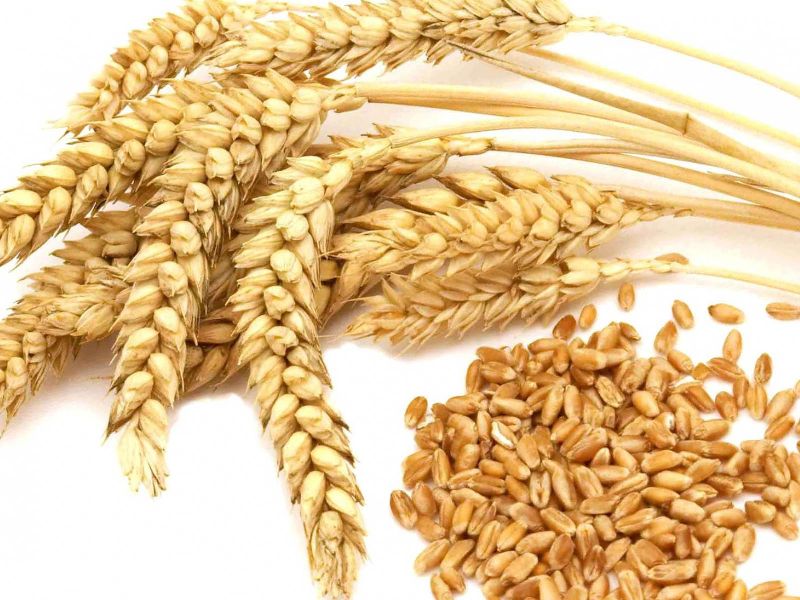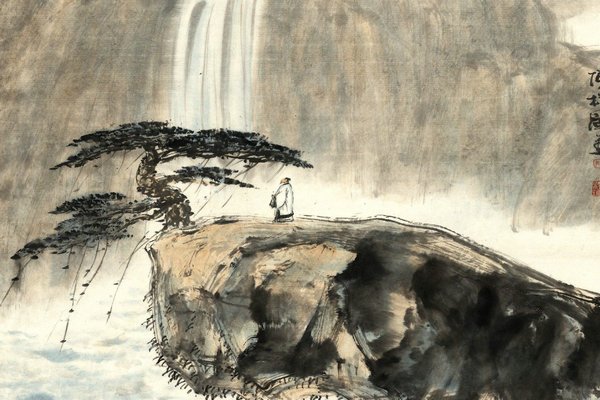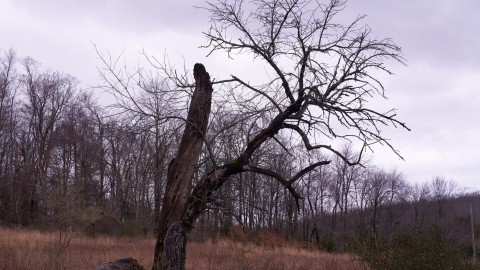Types and Usage
Different Varieties 800 species have been identified out of an estimated 1200.
The main varieties of Mimosa cultivated in the south-east are grown from dealbata: the Mirandole occupies 60% of surfaces, the Astier: 10% and le Gaulois: 30%. It is the most resistant mimosa to cold with is more commonly called the “four seasons”, it needs more water but, on the other hand, it blooms several times a year.
Some of these varieties:
– Gaulois (Acacia Dealbata) A large very sturdy tree with dark green foliage. Bipennate divided leaves. Abundant flowering (sulphur yellow) which emerges largely from the foliage at the end of January to March.
– Tournaire (Acacia Dealbata) Average development. The leaves are short, pressed and dark green. The young shoots have red wood. Early flowering from the end of December to January. Flowers in long upright clusters in a pure brilliant yellow.
– Mirandole (Acacia Dealbata) Big development. Large bipennate light green leaves. Flowers in a large cluster of a pure brilliant yellow from the end of December to February. To be reserved for large gardens.
– Bon accueil (Acacia Decurrens) Average tree. Yellow angular branches. Beautiful green pinnate leaves. Leaves spaced out. Large clusters of flowers which go beyond the foliage. Very large very fragrant grains. Flowering January-February. Large garden.
– 4 seasons Mimosa (Acacia Retinodes) This is one of the more resistant to cold (from -9°C to -10°C). Flowering spring-summer.
Common uses of Mimosa:
The bark, leaves and flowers have been used for centuries in traditional Chinese medicine. The bark is still known as ‘Collective Happiness Bark’ and is used for cleansing the body’s energetic pathways (heart and liver meridians), allegedly providing a spiritual boost for those who take it.
The ancient Mayans also used it regularly to treat injuries and burns.
Despite this, modern research remains surprisingly insignificant, but the powdered bark is commonly used by homeopaths as an anti-inflammatory, antiseptic, cough/cold relief and painkillers.
The Mimosa belongs to the genus Acacia and the sub-family of Mimosoideae.
The different species are used for varied purposes: cut flowers, ornamental plant or rockeries, defensive hedges or as a windbreak, sand and soil control, but also for perfumery. It is mainly grown in southern Australia, South Africa and France.
Description:
Members of this genus are among the few plants capable of rapid movement; examples outside of Mimosa include the telegraph plant, Aldrovanda, some species of Drosera and the famous venus flytrap. The leaves of the Mimosa pudica close quickly when touched. Some mimosas raise their leaves during the day and lower them at night, and experiments done by Jacques d’Ortous de Mairan on mimosas in 1729 provided the first evidence of biological clocks.
Mimosa can be distinguished from the large related genera, Acacia and Albizia, since its flowers have 10 or fewer stamens. Note that, botanically, what appears to be a single globular flower is actually a cluster of many individual ones. Mimosa contains some level of heptanoic acid.
Tags: Be Meditative Sensitivity










